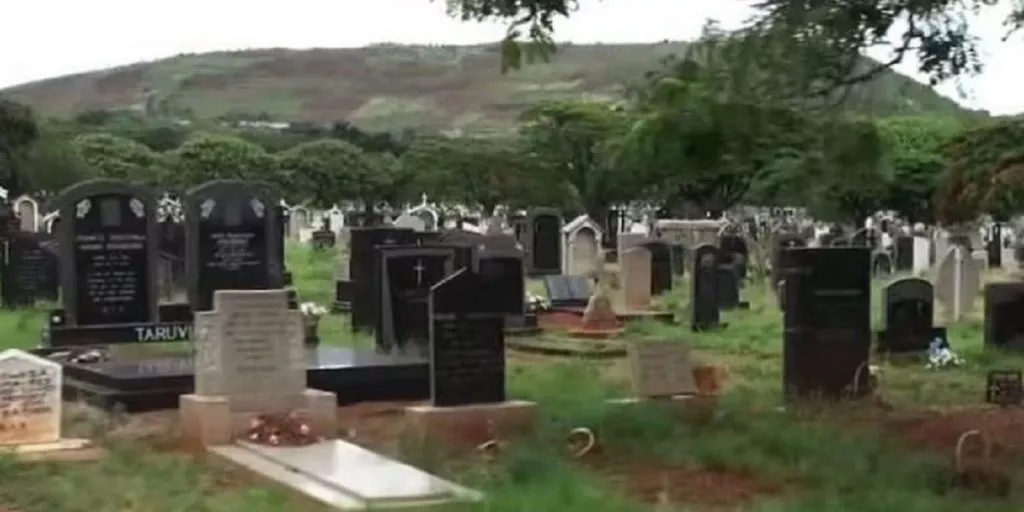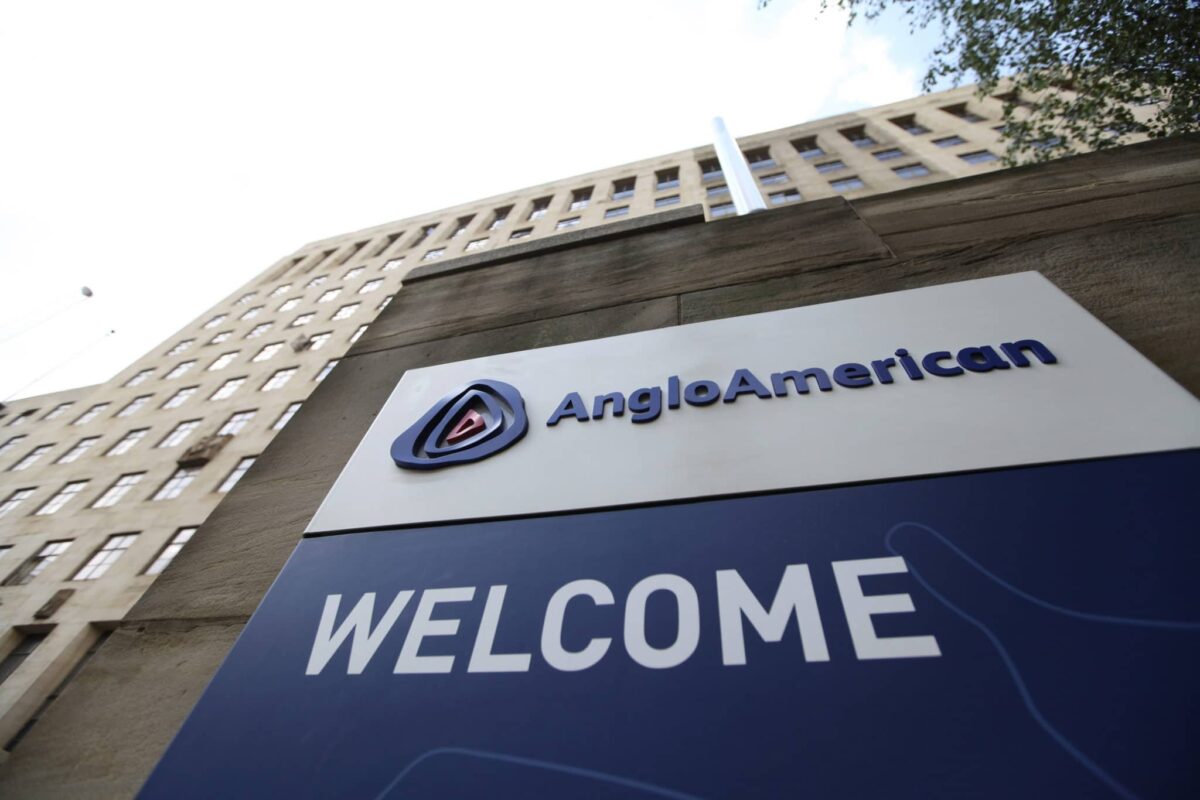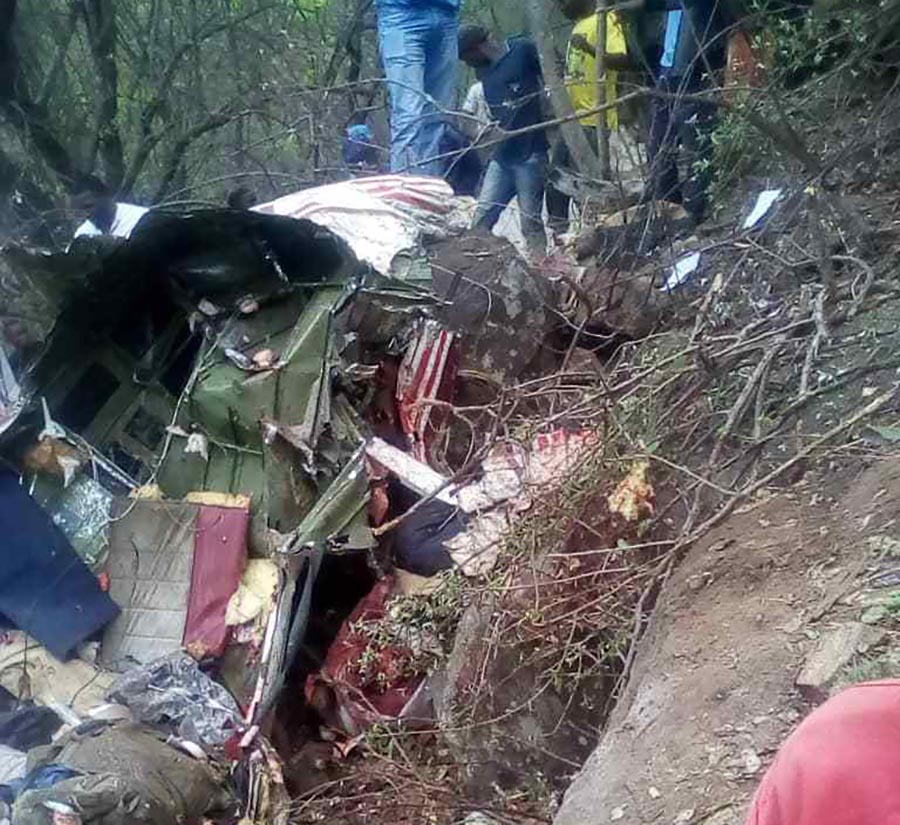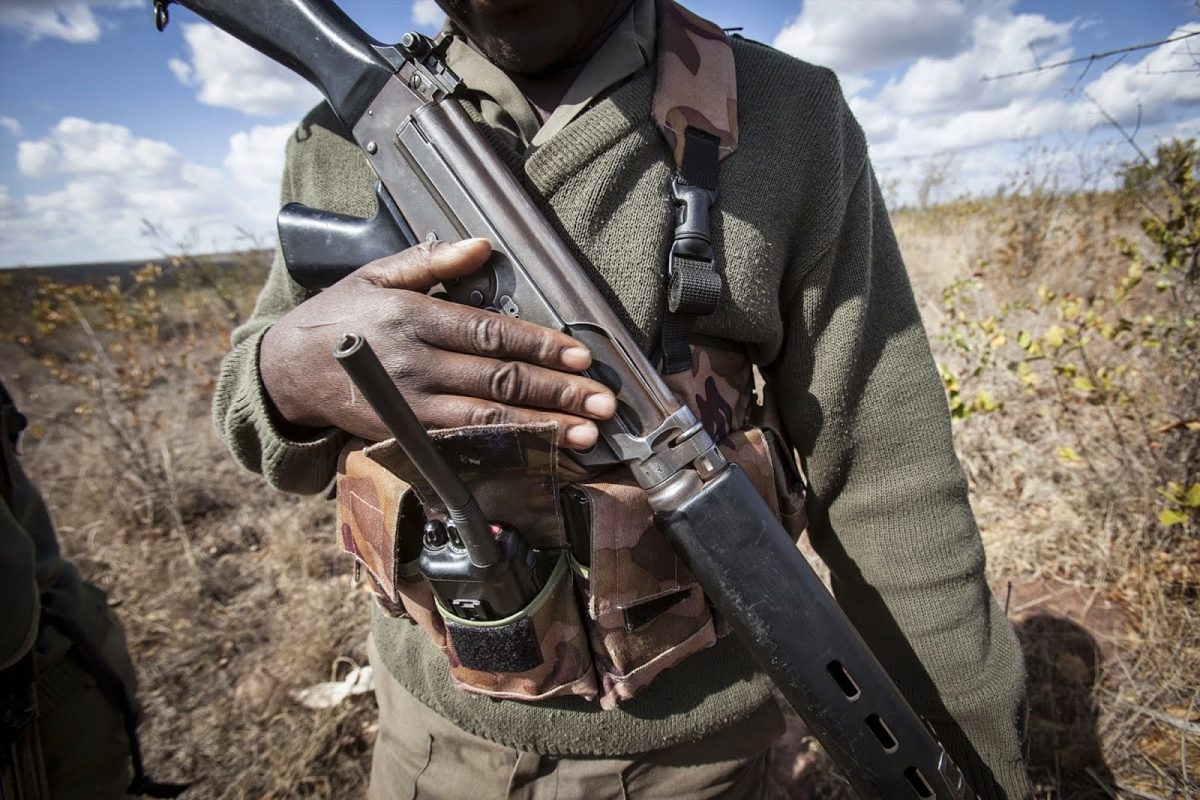BULAWAYO – Councillors in the country’s second largest city are encouraging residents to consider cremating their departed relatives as the city is fast running out of burial space.
The call for cremations comes amid revelations the city’s two major cemeteries, West Park and Hyde Park, had filled up.
In November 2019, the local authority proposed mandatory cremation for people aged 25 and below as it grappled with shortage of burial space in the city.
The call however did not find takers within a largely conservative resident base which still believes the rite was too western and taboo.
There are a lot of improvements that need to be undertaken to make the cremation process appeal to many.
Residents have over the years opposed cremation saying it was un-African while Christians also cited lack of biblical reference to the process.
In a month, Bulawayo reportedly cremates about 20 people, which is far less than the number of people who are buried per day. This month, a total of six cremations – 4 females and 2 males – were carried out.
In their meeting, councillors felt that as a smart city, there was need to embrace other human body disposal methods and save land for future developmental projects.
“A single grave should have more than one burial. For effective cremation, private players should be involved,” said Councillor Sikhululekile Moyo, who also noted that the high death rate now being experienced was pushing demand for burial space.
Bulawayo’s biggest cemetery, West Park, was closed in 2016 after running out of burial space but was later reopened by the local authority targeting reserved land.
The cemetery was decommissioned for the second time in 2019 as it had run out of burial space.
The chairperson, Councillor Sinikiwe Mutanda supported second right of interment especially among married couples.
“On an ordinary grave, double intermation was allowed after a period of 10 years and above. Residents could now book a grave for double intermation. The graves’ depth was more than the normal grave to allow for the second intermation to take place in a period less than 10 years,” she said.















